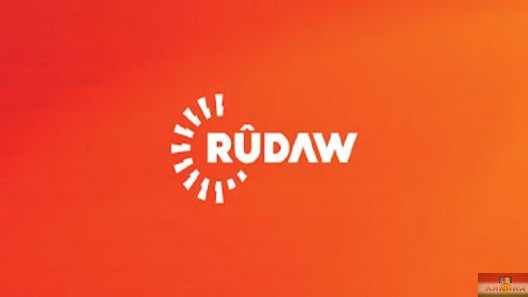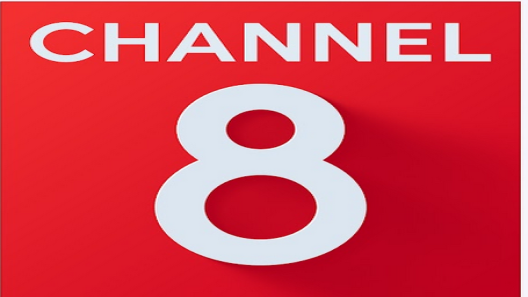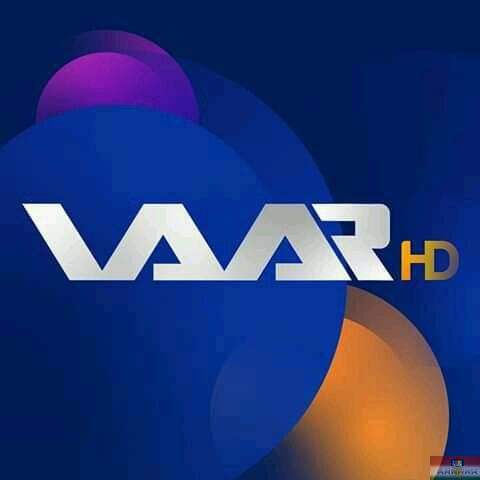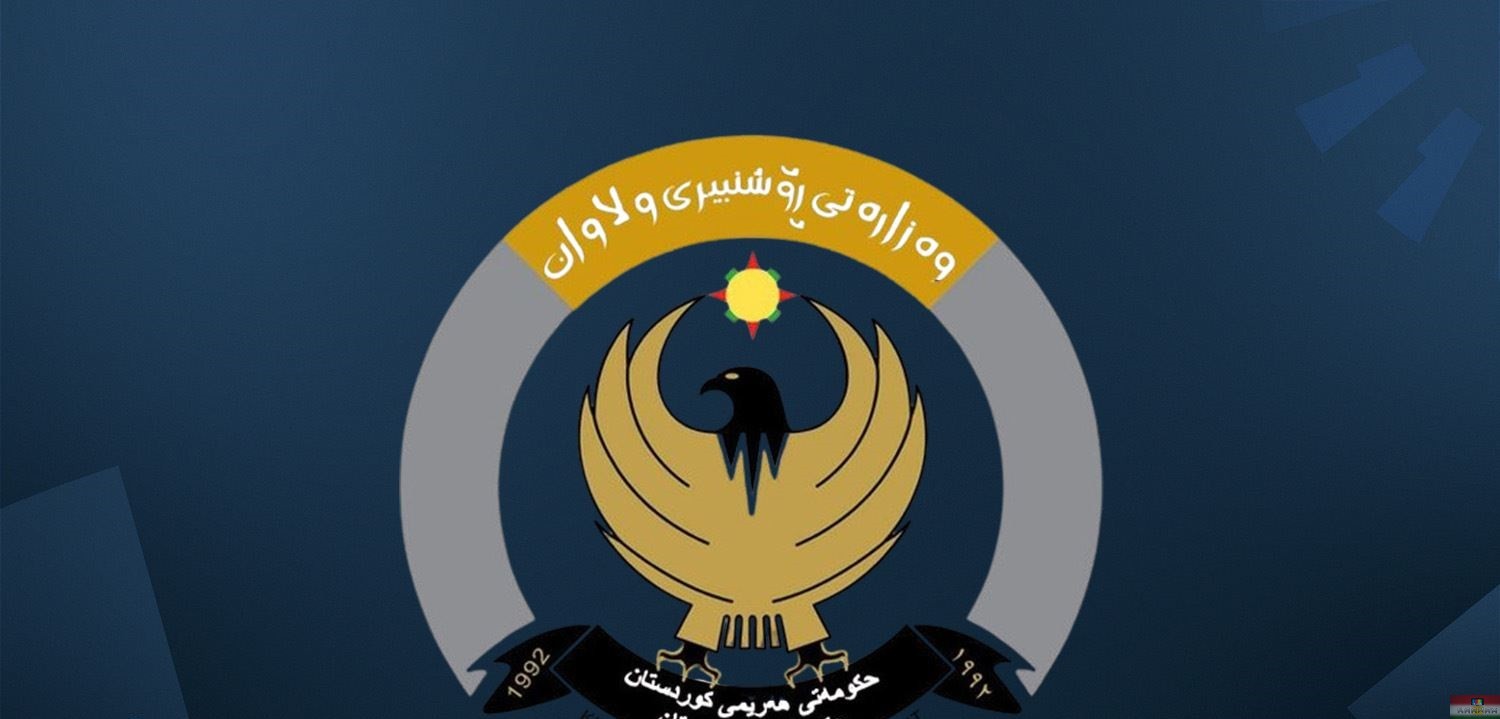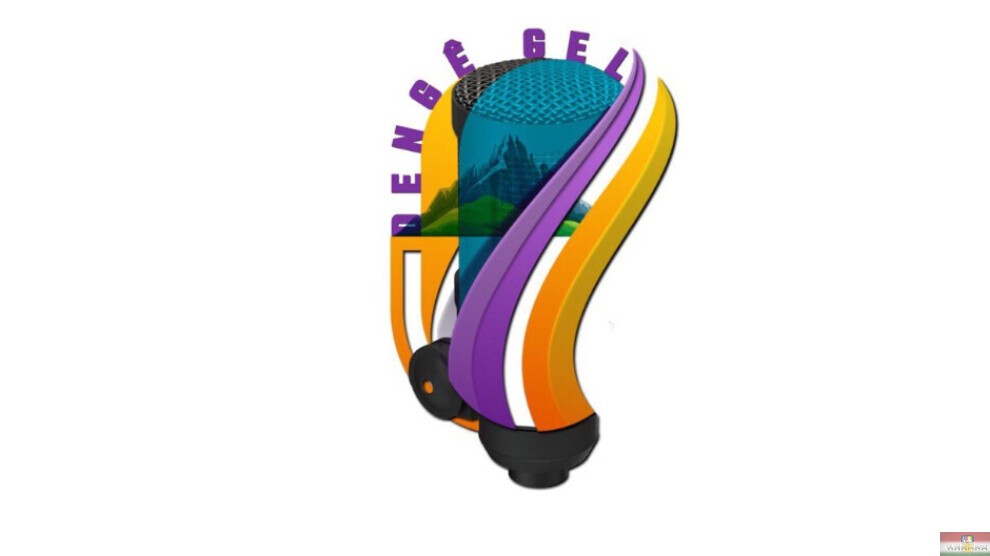Rudaw Media Network is an independent media establishment owned by RUDAW Co. FOR MEDIA AFFAIRS /Ltd., It disseminates written, visual and audio content. It is a for-profit establishment; however it considers broadcasting information and facts in a professional manner as its main goal. In delivering content, it does not bind itself to any geographic borders or ideologies, but has a wide global view.
Rudaw Media Network’s headquarters are in Erbil, the capital city of the Kurdistan Region of Iraq, and it has offices in several countries around the globe. It publishes in Kurdish, English, Arabic, and Turkish languages, and it is owned and supported by Rudaw Company. The Chief Executive Officer is Ako Mohammed.
Digital Media
Rudaw Company branched into media in April 2008, with its website going online that month. On May 14, 2013 it was updated as a wide portal and social media website, becoming an important part of Rudaw Media Network. The website publishes in Kurdish (Sorani and Kurmanci), English, Arabic, and Turkish languages. Rudaw’s mobile app was also developed in all these languages for smartphones and tablets, a step that was new for media in Kurdistan and the region. Rudaw’s Smart TV and CarPlay apps were also a first in Kurdistan and Iraq.
Rudaw’s portal and social media have developed creative innovations in the field of social media. On February 28, 2018, in a ceremony at the 13th World Association of Newspapers and News Publishers (WAN-IFRA) conference, held in collaboration with Dubai Emirate of the United Arab Emirates for the future of media, Rudaw received an award for the best and most influential social media in the Middle East. WAN-IFRA was established in 1948 and their headquarters are in Hamburg, Germany.
Rudaw Newspapers
Rudaw Weekly: This was Rudaw Company’s first newspaper, a weekly publication with its first issue released on April 5, 2008. Its first editor-in-chief was Ako Mohammed. In 2014, Salam Saadi became editor-in-chief, running the paper until its final issue, number 593, on February 24, 2020. Rudaw Weekly was one of the bestselling Kurdish newspapers in Erbil, Sulaimani, Halabja, Kirkuk, and Duhok. It was first printed at Erbil’s Aras printing house and then at Kurdistan printing
house in Sulaimani. The paper regularly raised issues that would become important matters of popular discussion and within the government. It also interviewed global leaders and officials.
Rudaw Sport Weekly: The first issue was published on June 4, 2008 with financial support from Delta Company, which provided funds for the paper for 12 weeks, after which Korek Company financed it. Ihsan Tahir was the editor-in-chief. It was the bestselling Kurdish sport newspaper during its run, popular among youth. The newspaper, from its start until its last issue (number 530) on January 1, 2019, was printed at Kurdistan printing house in Sulaimani.
Rudaw Weekly – Europe edition: This was a weekly newspaper published in both Sorani and Kurmanci dialects, prepared in Koln, Germany and printed in Frankfurt. Initially it was published in many countries in Europe, but later only in Germany. For a time, the paper was also delivered to Northern Kurdistan (Bakur). It had steady readership and several contributors. The editor-in-chief was Ako Mohammed. There were two content managers: Hemen Abdulla was the manager of the Sorani version and Faisal Daghli and later Nasradin Akyol were managers of the Kurmanci version. Its last issue was number 266, published on April 27, 2014.
Monthly Le Monde Diplomatique: This was a monthly in-depth analysis publication. It was founded in 1954 in France and published in 26 languages. Rudaw Company first published it in Kurdish (Sorani and Kurmanci). Its first Sorani issue was published in November 2009 by Rudaw Media Company in Erbil and printed at Kurdistan printing house in Sulaimani. Its last issue, number 36, was published in June 2013. The editor-in-chief was Dr. Nazand Bagikhani. Its first Kurmanci issue was published in November 2009, and ran for four issues, until February 2010. It was prepared in Koln, Germany and printed in Frankfurt. Kurdish authors and politicians wrote for the Kurdish version, and some talented French translators helped translate articles and analyses.
Nim Nim Weekly: This was a social weekly publication. It had a Braille appendix for the visually impaired. It was produced out of an office in Sulaimani and was also printed in the same city at Kurdistan printing house. Its first issue was released November 19, 2009. Its last issue, number 54, was published on December 28, 2010. The editor-in-chief was Shwan Adam Aives.
Establishing Rudaw Media Network
In 2012, Rudaw Company started preparations to establish the multimedia Rudaw Media Network, signing contracts with Lebanese, French, and British companies. Radio and television broadcast started and the portal went live at 5 pm on Wednesday, May 29, 2013.
Rudaw portal and television had an attractive and professional branding while keeping a Kurdish spirit, the result of working with a specialist company. Rudaw radio debuted with strength and speed in delivering news, discussions, and analysis. Rudaw TV broadcast 24-hours a day, a first in Kurdistan. Prior to Rudaw, Kurdish television channels would not have programming during the day or they would repeat the previous night’s content.
Production and management at Rudaw was very different from other media establishments in Kurdistan, working to global standards. Rudaw’s newsgathering became the heart of news-making in Kurdistan. Interesting programs and talented presenters brought topics and issues to audiences in a novel way, driving popular discussions. The office began producing documentaries before the actual broadcast of Rudaw began. Rudaw currently has produced 540 documentaries, some of which have received awards in Kurdistan and internationally.
According to research by specialized international companies, Rudaw TV is the most watched Kurdish television channel. Rudaw’s portal and social media are also the most viewed and Rudaw Radio has the largest audience in the Kurdistan Region.
Technology at Rudaw
Rudaw was the first TV channel in Kurdistan, Iraq and many other countries in the region to start its broadcast in HD quality in 2013. Rudaw has always tried to use the best systems, software, and equipment, going fully digital and modern in a fast-paced news environment.
The best sound and production systems from companies like Yamaha, Sony, and Sennheiser. Advanced devices from Imagine Communications Company are being used along with some of the best news production systems from AVID company, linking together all parts of production. VIZRT graphics prepares graphics in the fastest and highest qualities on special screens from Orion, Barco, and Samsung. Information-filled imagery is being provided to audiences on TV, the portal, and social media.
Speed of internet and HP and DELL servers along with Cisco switch are why Rudaw’s team, regardless of where they are, work as though they are in the same room. Reporters cover stories through LiveU encoders. Rudaw was the first media outlet in the region to use AVID and VIZRT to provide gallery automation for its studios. RTS Intercom and ASTRA BPS link all departments and staff through IP addresses.
Rudaw’s publications use Ericsson encoders for satellite, RVR for radio, and the strongest data center in the world with support of IBM, along with the strongest security through DDOS.
Rudaw’s technicians deliver news and information from Kurdistan to the world in the best and fastest way. Rudaw has proved that it is no less than any other renowned media establishments, and in fact, in certain areas, uses modern technology in a better way, considering harsh circumstances and limited ability.
Rudaw Broadcast
Rudaw’s coverage of events of Kurdistan, the Middle East, and the world has brought Kurdish readers and listeners to Kurdish media. It is also trusted by readers and audiences in Arabic, Turkish, and English languages.
Rudaw’s coverage of ISIS’ attack on Iraq, Syria, and Kurdistan grabbed the attention of world media and Rudaw Media Network became a main source of news about the ISIS war. Live field coverage of ISIS’ attack on Mosul in June 2014 until its liberation in July 2017, and live field coverage before any other outlet of ISIS attacks on Shingal in August 2014 until its liberation in November 2015 were some of Rudaw’s coverage that grabbed global media attention. The ISIS attack on Kobane in September 2014 and the city’s liberation in January 2015, ISIS attacks on Makhmour in Ninevah province, areas around Kirkuk, Gulala, and other areas of Diyala, Tikrit, and Anbar were also covered.
A lot was written about Rudaw’s coverage of the ISIS war. Germany’s Die Tageszeitung newspaper in its September 10, 2014 issue, in an analytical report on media in the Middle East and areas of conflict, mentioned Rudaw Media Network as a reliable source. The report titled ‘News from the battle ground,’ said that “Rudaw is now seen as a reliable source for western media. Rudaw is a Kurdish media network, and its headquarters are in Erbil, capital of the Kurdistan Region in Iraq. This media network wants to be the platform for all Kurds in Middle East and the rest of the globe.” It also mentioned the importance of Rudaw TV, saying, “Rudaw’s news TV for the past year has, in Kurdish, done programs, news, reports, and debates.” The report also calls Rudaw’s English desk “an important part of this media network, it is an English portal that is used by diplomats, politicians, scientists, and businessmen.” Also in the report is the opinion of Professor Dr. Farhad Ibrahim Saydar, a lecturer at the German Erfurt University, who says, “Rudaw Channel is an objective source. Rudaw is not like media close to the PKK that only allows certain parties to speak. At Rudaw TV for example representatives of the Syrian government, Turkey and Iraq are given platforms to speak. They bring light to all different stances.” The lecturer adds, “If this channel starts to broadcast in English and Arabic within the next five years, it will be an equal to Al Jazeera and CNN.”
German NTV, reporting on the situation of people in Shingal, especially the Yazidis, used Rudaw as a source, saying Rudaw had fast and detailed reports on Peshmerga attacks in the area.
Kölner Stadt-Anzeiger newspaper in Germany called Rudaw the “voice of the complicated region.” German journalist Von Wilfried Urbe wrote, “There are very few regions like the Middle East when it comes to news. The news is very vivid, therefore seeing the truth is very hard. In such a hard situation, the Kurdish Rudaw channel has become an important source.” He says he expects a large global audience for Rudaw in the future. The paper also says that since the start of the ISIS war, Rudaw has developed greatly, again mentioning the example of Al Jazeera, saying that they grew while covering Iraq, reaching the level of BBC and CNN, and that Rudaw is walking the same path.
Due to its successful coverage of the ISIS war, on April 1, 2015 Rudaw became a member of the European News Exchange (ENEX) as the second TV channel in the Middle East, and it became a partner with Associated Press, signing a contract on November 9, 2016. With these partnerships, Rudaw’s coverage went global with the Rudaw logo appearing on many TVs around the world.
Apart from the war against ISIS, Rudaw’s coverage of protests in London on July 16, 2016 was shared by agencies and media outlets around the world. During the attack on Istanbul international airport on June 28, 2016 and the coup attempt on July 15, 2016, Rudaw was a source of news. When Iraqi cleric Muqtada al-Sadr’s supporters attacked the parliament in Baghdad on April 31, 2016, Rudaw was the only outlet covering the event for the whole world. Many other events and hundreds of VTs and videos are aired on TVs globally.
Rudaw Media Network has always cared about the safety of its staff. Unfortunately, Rudaw’s teams have been in danger and under pressure, especially in war zones. The abduction of Rudaw reporter Farhad Hamo on December 15, 2014 in Western Kurdistan (Rojava) and the death of Rudaw presenter and head of output Shifa Gardi on February 25, 2017 were tragic events for Rudaw Media Network.
Shifa Gardi Award
After Shifa Gardi’s death, Rudaw Media Network, with the participation of international journalists, established the annual International Shifa Gardi Award, which recognizes a female journalist for her outstanding work in journalism. In the first year, 2018, in the presence of former French President François Hollande, the award was given to Jenan Moussa of Al Aan TV. The second award in 2019, with the attendance of UNAMI chief Jeanine Hennis-Plasschaert, was given to Arwa Damon of CNN, and the 2021 award was given to Alex Crawford of Sky News.
